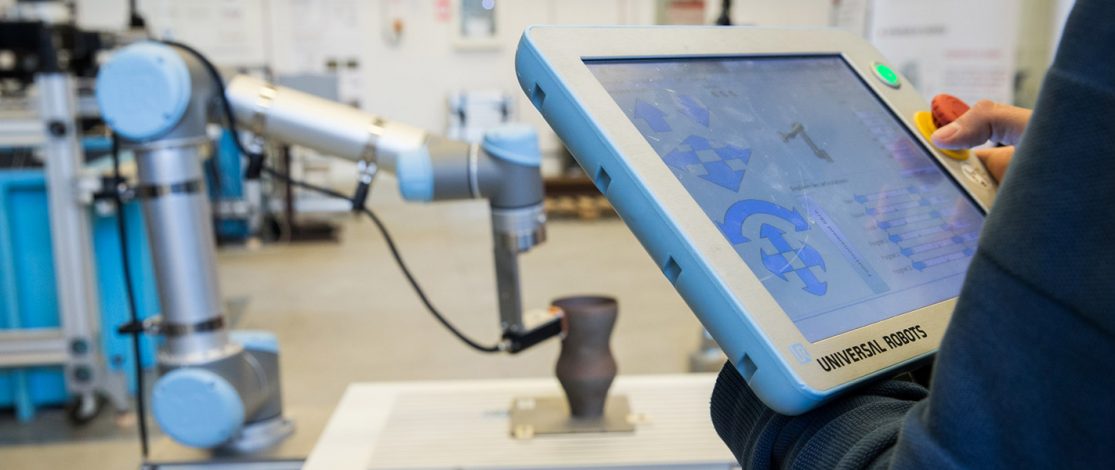The factory of the future is one with minimal environmental impacts. Digital technologies can help create a virtuous cycle by calculating a carbon score for each process step. Scores can then be stored on a blockchain for transparent, verifiable tracking of the impacts of each process step and, ultimately, an overall carbon footprint for each product manufactured.

Additive manufacturing, or 3D printing, is a material-efficient and, therefore, environmentally friendly process. CEA-List is developing real-time quality control techniques designed for use during manufacturing to detect, as early as possible, defects such as microporosities and inclusions that could affect the end part’s material health.
Reducing waste and anticipating supply chain issues make good business and environmental sense. CEA-List is developing technologies that optimize production processes and material efficiency. We apply circular economy principles to help reduce the environmental impacts of a product at all stages of its life cycle, from the initial extraction of materials to end-of-life disposal or decommissioning.
Each technology developed at CEA-List undergoes an economic analysis. We also assess the environmental impacts of the technologies we develop and evaluate privacy, cybersecurity and other potential risks for the people who will ultimately use our technologies.
Our lifecycle analysis is based on proven methods designed to measure all possible future impacts.
CEA-List’s digital twin technologies can simulate a product’s entire production process before physical manufacturing starts. The results can be used to optimize all process steps and limit their environmental impacts.
CEA-List is fundamentally rethinking its digital twin development tools to make them easier to implement, more intuitive, better connected to each other and to the physical world, and, ultimately, more efficient.
Resource efficiency and on-demand manufacturing are two of the prime advantages of additive manufacturing, or 3D printing. Because the final product is built one layer of material at a time, waste—material and energy—is virtually eliminated.
However, microporosity, inclusion, and fusion defects can occur during additive manufacturing processes, ultimately affecting the end part’s material health. So, these defects need to be detected as early as possible.
CEA-List is developing quality control processes addressing both the 3D printing process and the finished printed part.
In 2019, the institute developed a pulsed laser technique to detect manufacturing defects using the Directed Energy Deposition (DED) 3D printing process.
Watch this video to find out more about CEA’s work in additive manufacturing.
Related collaborative project:
A factory’s many sensors, coupled with an AI system, can be used to control manufacturing processes, detect any process drift, and correct manufacturing errors in real time, limiting rejects.
Non-destructive testing detects any product defects or anomalies. In-line NDT can help reduce defects and rejects on the production line.
Example: DIAM Bouchage uses AI to analyze X-ray images and detect internal defects in the cork stoppers it produces.
Structural Health Monitoring (SHM) analyzes the data collected by integrated sensors to continuously monitor the condition of equipment, helping keep the equipment running smoothly and extending its lifespan. SHM can also help make maintenance more efficient.
Wind turbines are frequently damaged by impacts from airborne objects. Repairing them is particularly risky because it requires human intervention at a height of almost 50 meters off the ground. SHM can continuously monitor the health of these structures and avoid unnecessary maintenance work.
More about smart maintenance